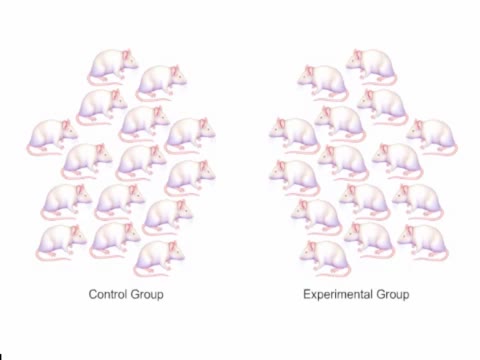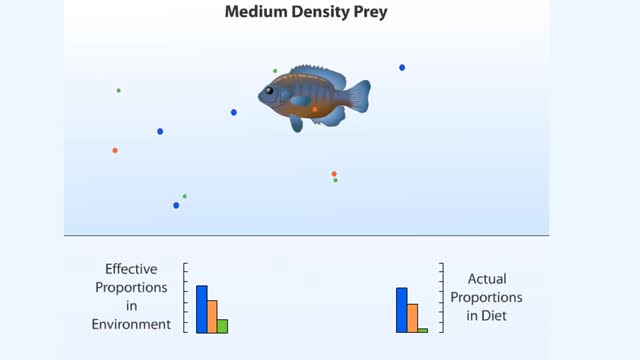Pasteur's Experiment
By: HWC
Date Uploaded: 06/10/2020
Tags: homeworkclinic.com Homework Clinic HWC Pasteur's Experiment Louis Pasteur sterile nutrient broth microbes swan necks dust particles
Louis Pasteur designed a procedure to test whether sterile nutrient broth could spontaneously generate microbial life. To do this, he set up two experiments. In both, Pasteur added nutrient broth to flasks, bent the necks of the flasks into S shapes, and then boiled the broth to kill any existing microbes. After the broth had been sterilized, Pasteur broke off the swan necks from the flasks in Experiment 1, exposing the nutrient broth within them to air from above. The flasks in Experiment 2 were left alone. Over time, dust particles from the air fell into the broken flasks of Experiment 1. In Experiment 2, dust particles remained near the tip of the swan necks, but could not travel against gravity into the flasks. The broth in the broken flasks quickly became cloudy—a sign that it teemed with microbial life. However, the broth in the unbroken flasks remained clear. Without the introduction of dust—on which microbes can travel—no life arose. Pasteur thus refuted the notion of spontaneous generation.
Add To
You must login to add videos to your playlists.
Advertisement












Comments
0 Comments total
Sign In to post comments.
No comments have been posted for this video yet.